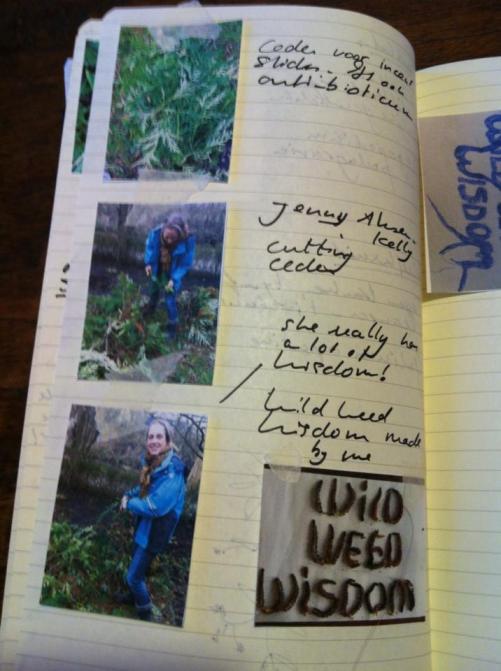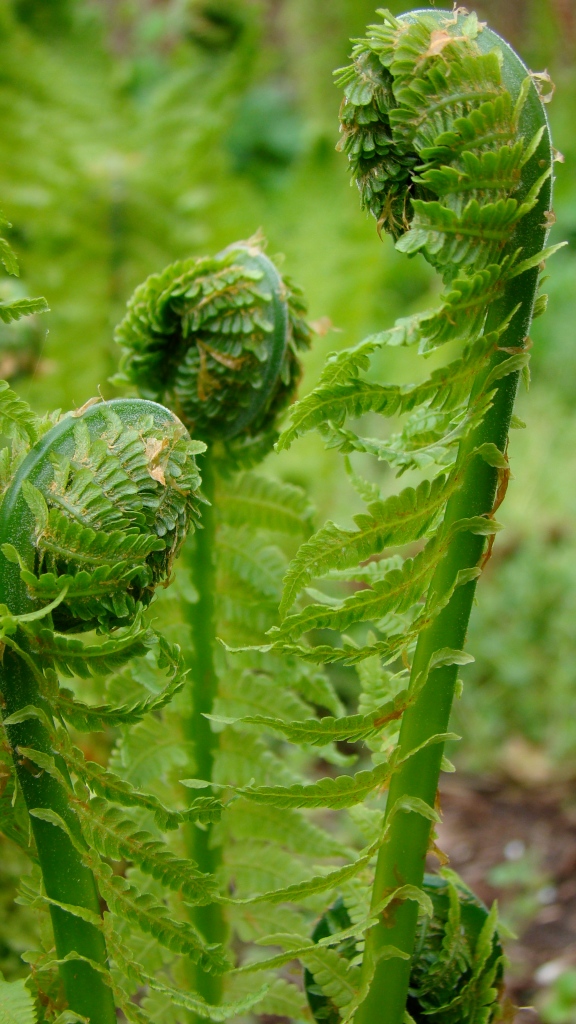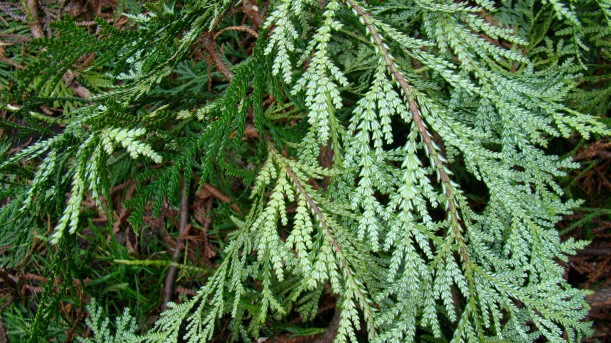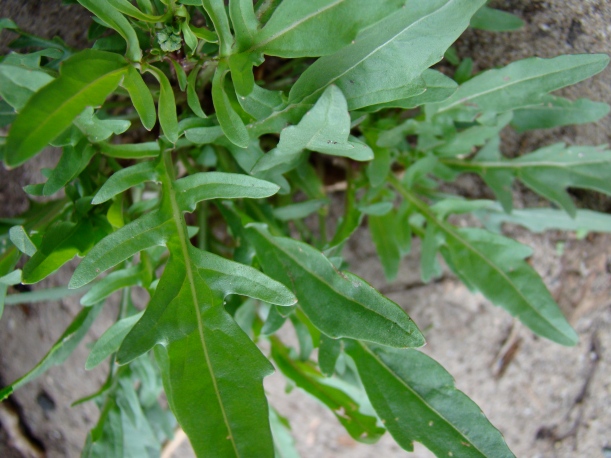 Prickly Sow Thistle (Sonchus asper) is another edible plant that grows as a weed in disturbed soil or neglected places. I picked some the other day to add to my daily “Super-Local Food” intake! Nothing fancy here – you can cook it up with garlic, olive oil, herbs, or chop it up to add for soups… use it as you would spinach, like we do with most wild greens. It looks prickly, but the ‘prickles’ are actually quite tender, and when cooked they’re fine. Today I’m adding Prickly Sow Thistle to a ‘green juice’ along with wheatgrass and ginger.
Prickly Sow Thistle (Sonchus asper) is another edible plant that grows as a weed in disturbed soil or neglected places. I picked some the other day to add to my daily “Super-Local Food” intake! Nothing fancy here – you can cook it up with garlic, olive oil, herbs, or chop it up to add for soups… use it as you would spinach, like we do with most wild greens. It looks prickly, but the ‘prickles’ are actually quite tender, and when cooked they’re fine. Today I’m adding Prickly Sow Thistle to a ‘green juice’ along with wheatgrass and ginger.
Mainly, I want to give you a good photo for identifying this plant. Notice how the buds look remarkably similar to dandelion buds – you could make pickles out of either of them – but the Sonchus asprer has prickles even on the buds!! They will soften if you blanch then before pickling. The flower in full-bloom also looks similar to dandelions golden-yellow face – I’ll go back for a photo soon to show you. The leaf-edges are wavy, very decorative in their own way, and the base claps the stem in a graceful arc, with the leaf half-surrounding the stem in a big hug. So, for all the prickles, I still see it as a gentle, loving plant.
Here are a couple more photos to get a good idea of the plant. The large, ridged stem is a bit blotched with red, and it’s hollow, like a straw, with milky sap, much like the dandelion in this way.
Wikipedia lists this as a noxious weed that can cause irritation, but I think they are being cautious. You can find many other sites that consider this plant to be safe. I ate it and loved it. Here is another site that feels the same way: http://www.eattheweeds.com/sonchus-sow-thistle-in-a-pigs-eye-2/

















